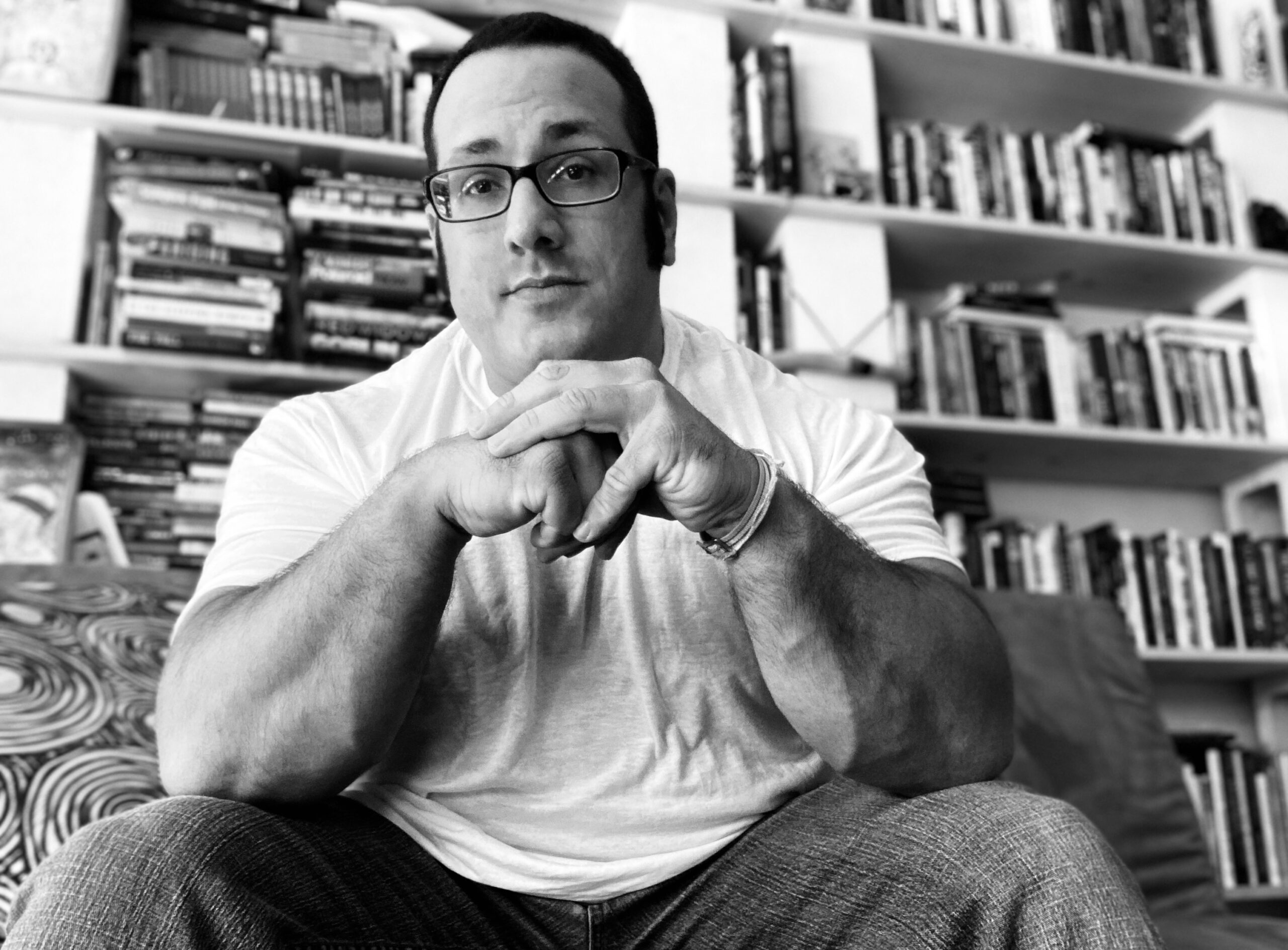
by Gabino Iglesias
I love many things about writing, and one of them is that, once something is done, you can always go back and reread a line, a paragraph, a chapter. Life moves at breakneck speed and everything—life, love, happiness, depression, friendship, pleasure—is ephemeral, but once a book is in print, once it’s a thing you can hold, carry, and place on your bookshelves, you can always return to it and read the same lines again and again. Sure, that thing about the same person never stepping in the same river twice also applies here and the you who reads those words again is never the same, but the words, once printed, are there, in the same order, and they often evoke feelings that, even if they’re not exactly the same, often share the same DNA or at least can sing to you with some echo of what you once felt.
Sorry, this isn’t just an essay about writing. Hah. I wrote that intro to get you in the perfect frame of mind to understand this: I feel the same way about photography, and the power photos hold helps me write. Photos, for me, are things we go back to in order to recall, revisit, and relive. I need those things when I’m writing.
Writers tend to be extremely self-deprecating, but these things are true about me and I don’t have a problem accepting them: I’m a very slow writer and I often can’t write a single word if the right mood isn’t there. Sure, I get stuff done. I meet my deadlines. I produce when I know I have to. I understand that this writing thing is a war of attrition, and I persevere no matter what because this is what I want. Ah, but the good stuff, the words that come together in ways that make readers feel things they can’t forget, those only come when the right mood hits. The right mood almost always comes from a mixture of the story in my head dictating the atmosphere in which my thoughts live, focusing on what I want to write and how I want to write it, and music. Oh, I owe a lot to a plethora of musicians (previous novel and current project have been mostly written to Robert Rich, William Basinski, and Lustmord, to name a few). When those fail, I turn to photography.
A photo is a small world that, much like good writing, contains a world you can see and a much bigger one that’s just outside the image, expanding in all directions. The skills of photography and writing parallel each other. Voice is, in a way, the same as composition. Cropping is editing. Tone can be the colors you use (or not use, like me: I love black and white). You get where I’m going with this. The point is that I can’t always write, but I can always take a photo. I can’t stop in the middle of the street and jot down what a house, a person, a dog, a crack on a wall, a piece of graffiti, or a dead animal made me feel, but I can take a photo and come back to it later, at home, and write about it. When I’m walking around and I see a dilapidated building, an empty street, or a busted window, I feel something. Sometimes it’s curiosity about the abandoned house and the story behind its last residents. Sometimes it’s a bizarre sense of déjà vu. Sometimes my brain fills with the seed of a story. Whatever it is, the result is always the same: I take out my phone and snap a picture.
We all know photography allows us to capture a moment in time forever, but for me, photography is a magical practice that allows me to also capture the memories of that time and place, and those often help me write. From the Caribbean lapping at the shores of my island, to the flashes of snow trapped between the green trees and blue sky of the Rocky Mountains, I have images of the places I love, places I want to go back to. Old San Juan. New York City. Austin. Denver. Oxford. Marfa. New Orleans. Miami. Madrid. Houston. If I went there, I have a few photos of it, and all I need in order to “see” a story in those places is to look at a picture.
Back in 2020, right in the middle of the lockdown, I needed to get out but there was no place to go to. There were no coffee joints or bookstores open. The sense of agitated stagnation finally became too much, so I left. The streets were empty, but they were still there, so I took photos. Later, writing an essay about that awful year, I went back to look at those images. I could hear the emptiness. I finished that essay without a problem.
When I was asked to write a piece about some other passion in my life that ties into my writing, photography was the first thing that came to mind. My Instagram is a visual journal of the places I’ve been and the things I’ve seen that have, in one way or another, moved me. But Instagram isn’t the end of it. I have photos of loved ones around my house. I have photos of people and places that mean a lot to me on my phone. I’m currently working on my next novel, which takes place in Puerto Rico. Sadly, I can’t be there while writing it, but I have photos. Oh, I have a LOT of photos of home. I have streets and beaches and people and buildings. For me, looking at those photos is almost as good as being there. I can recall the heat and the smells. I can hear the traffic and the sound of music. I can feel the things I was feeling when I was there. I remember how the ocean was a blue, insurmountable obstacle and the world beyond it sounded like a place I’d never see. Yes, I get homesick, but homesickness is helping me write, so I’m embracing it.
Photos are not just images of a time come and gone; they are tiny frozen triumphs, small trophies that say “You survived this” or “You did that” or “You went there.” I write because I want to pursue those lines that capture the beautiful, the sad, the creepy, the transitory, and plaster it on the page for everyone who reads to come back to as often as they want. I take photos—which for me is much easier than writing—because each one captures the essence of a place, the seed of an idea, the strength of a feeling. I write because I think writing, among many other things, is a way to shoot a gun at oblivion. Photographs make me feel the same way: they are images that capture something, and what we capture remains, which means that everything comes and goes, but not everything is gone forever.


One response to “Not Everything is Gone Forever”
I love your photography. One day, I hope to own one.